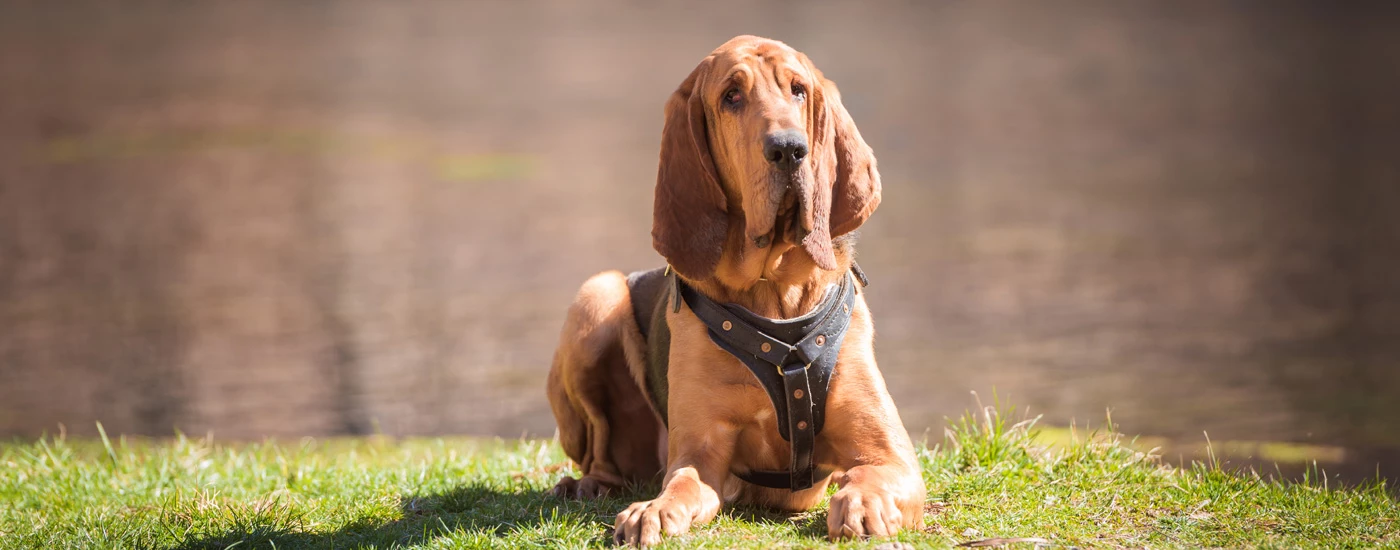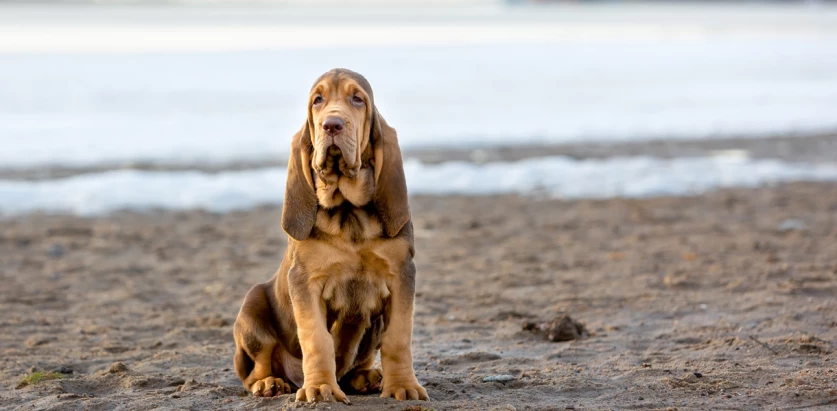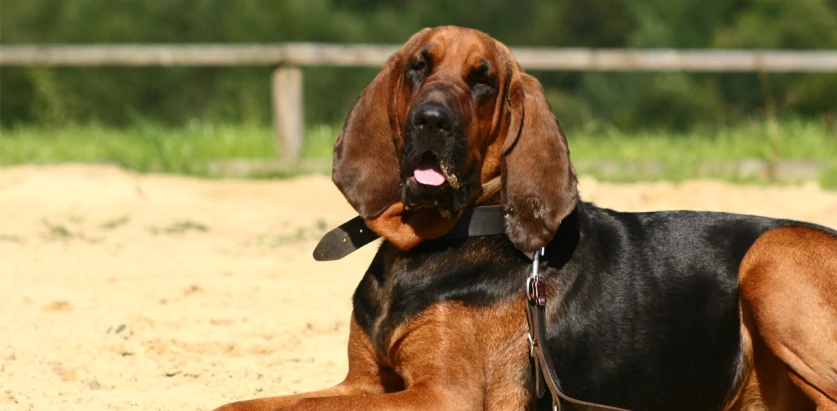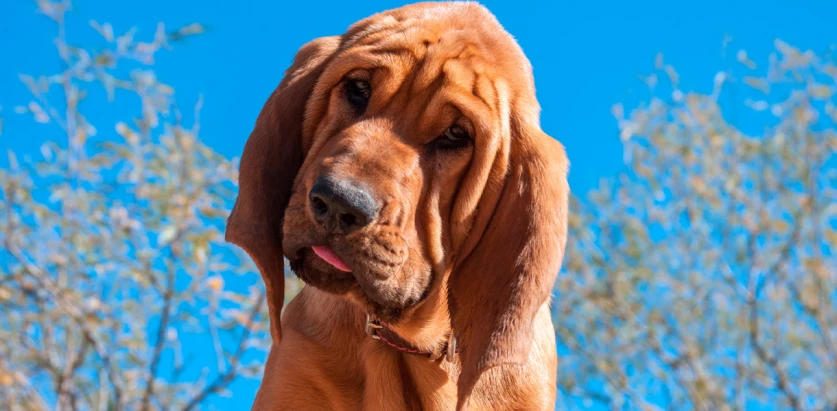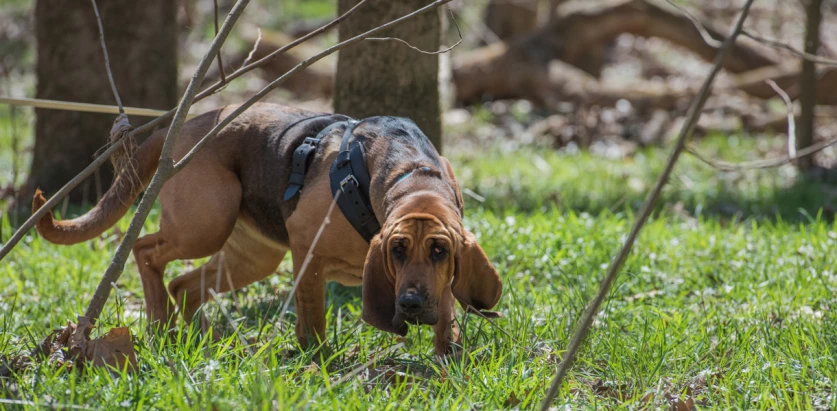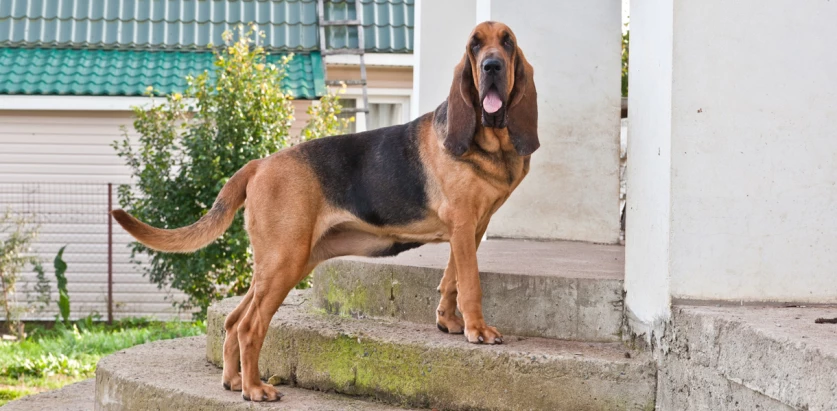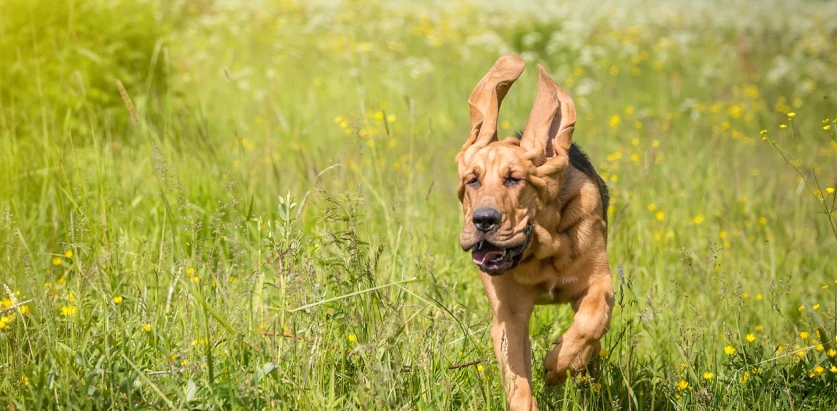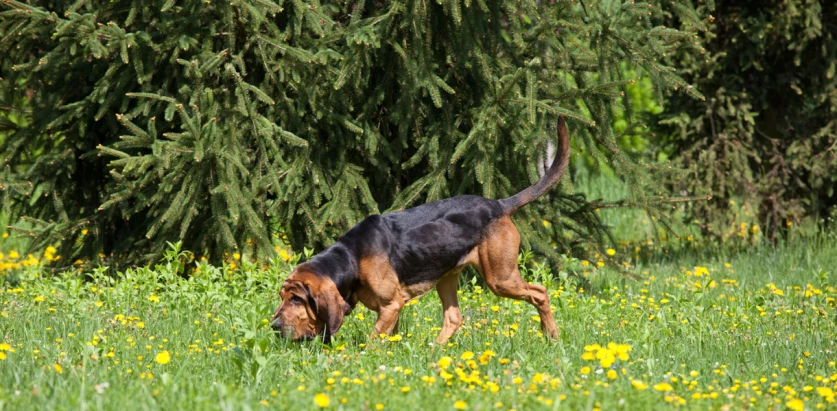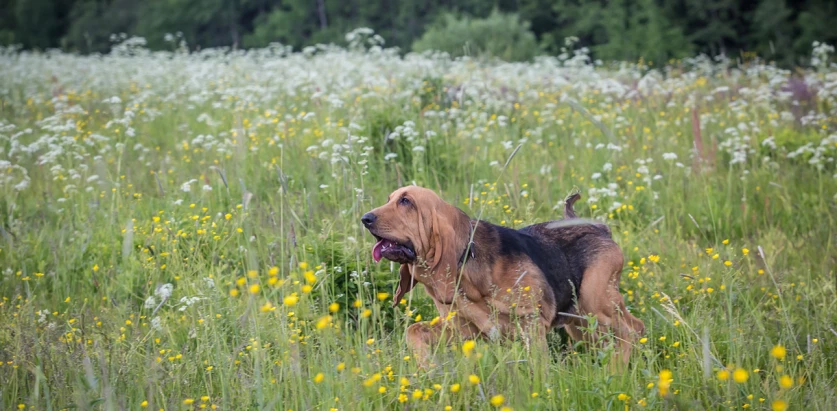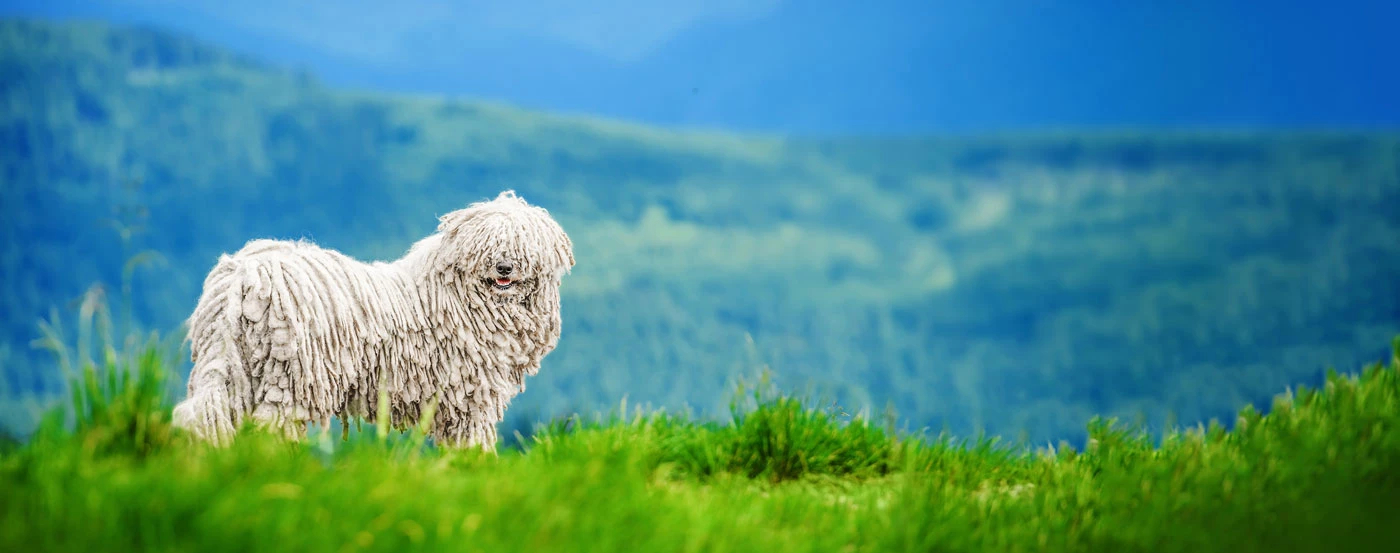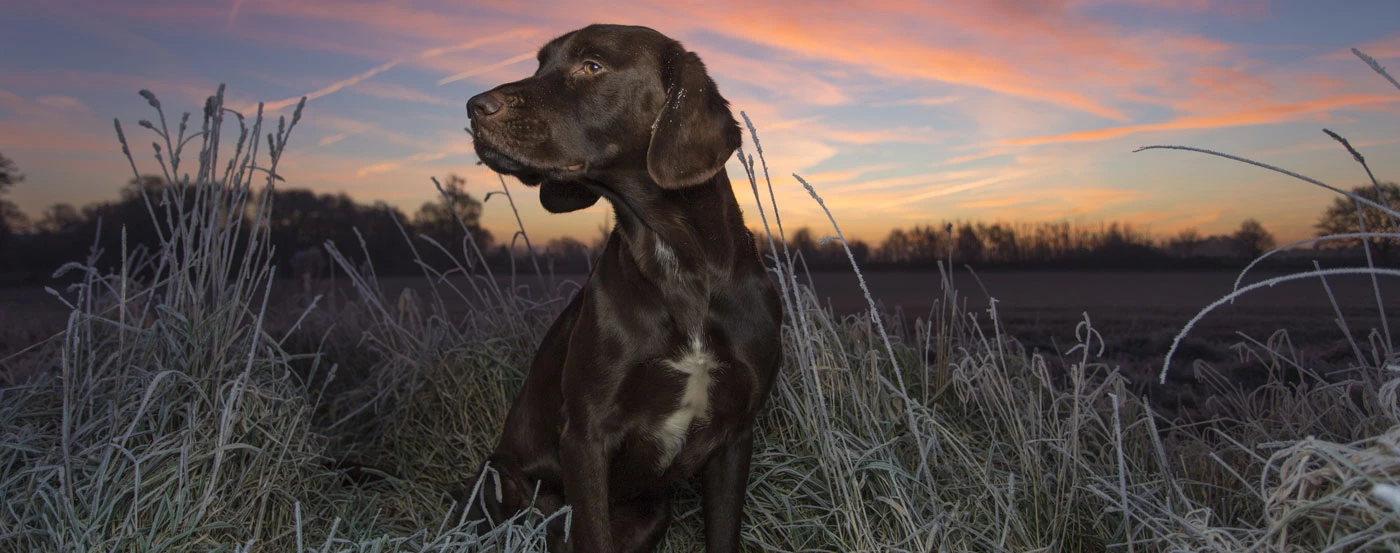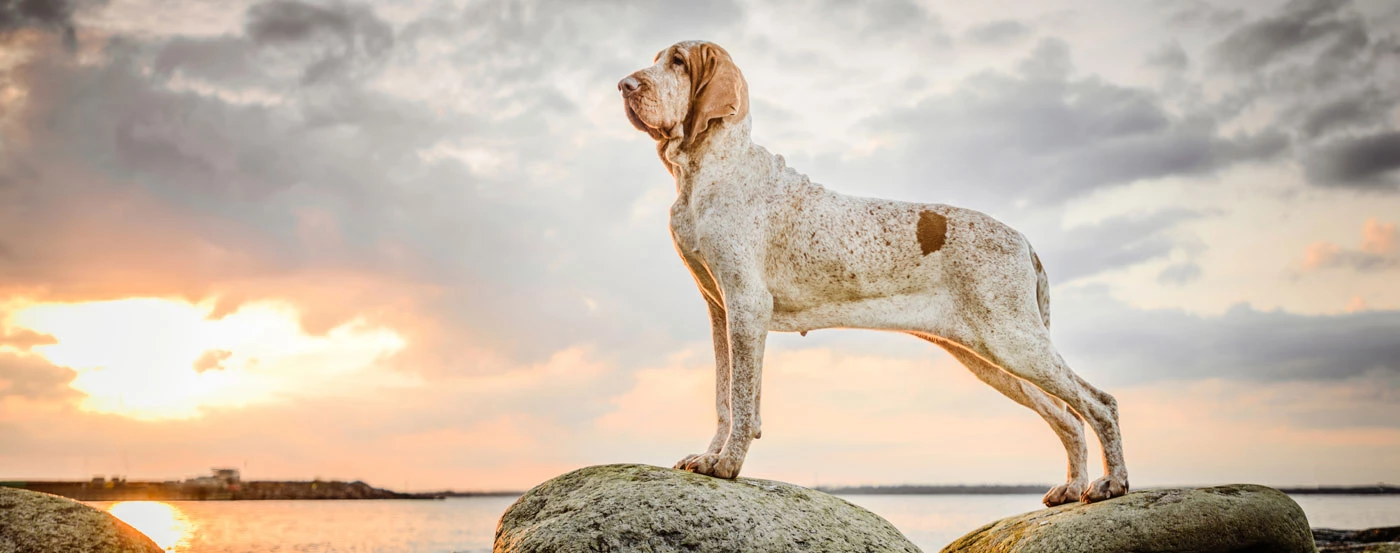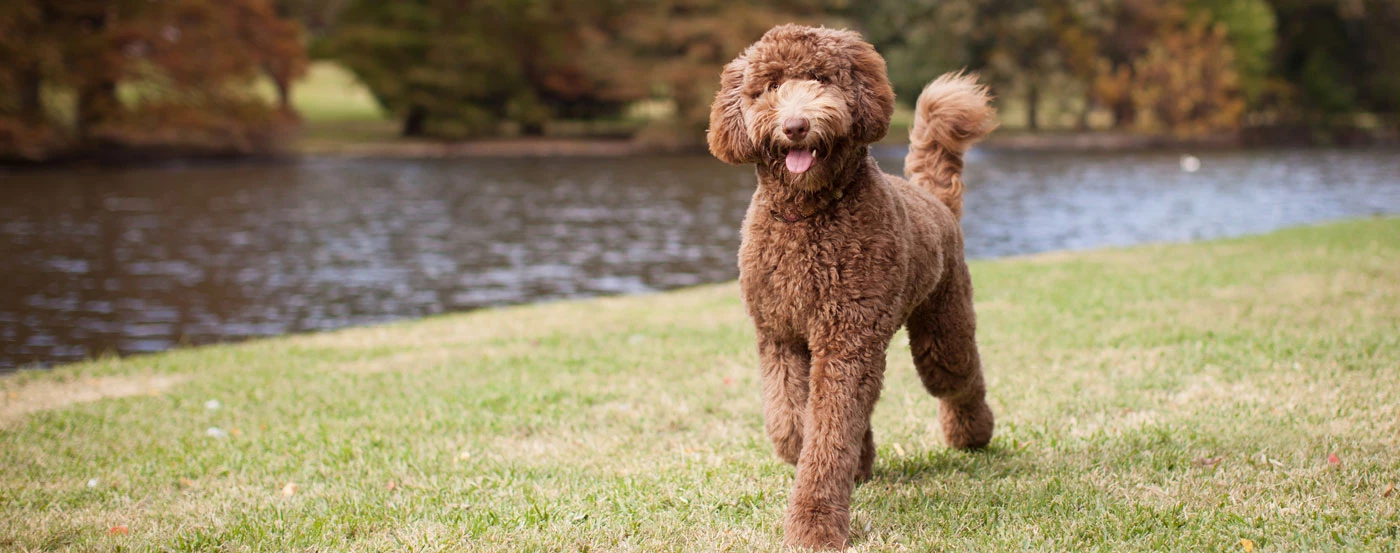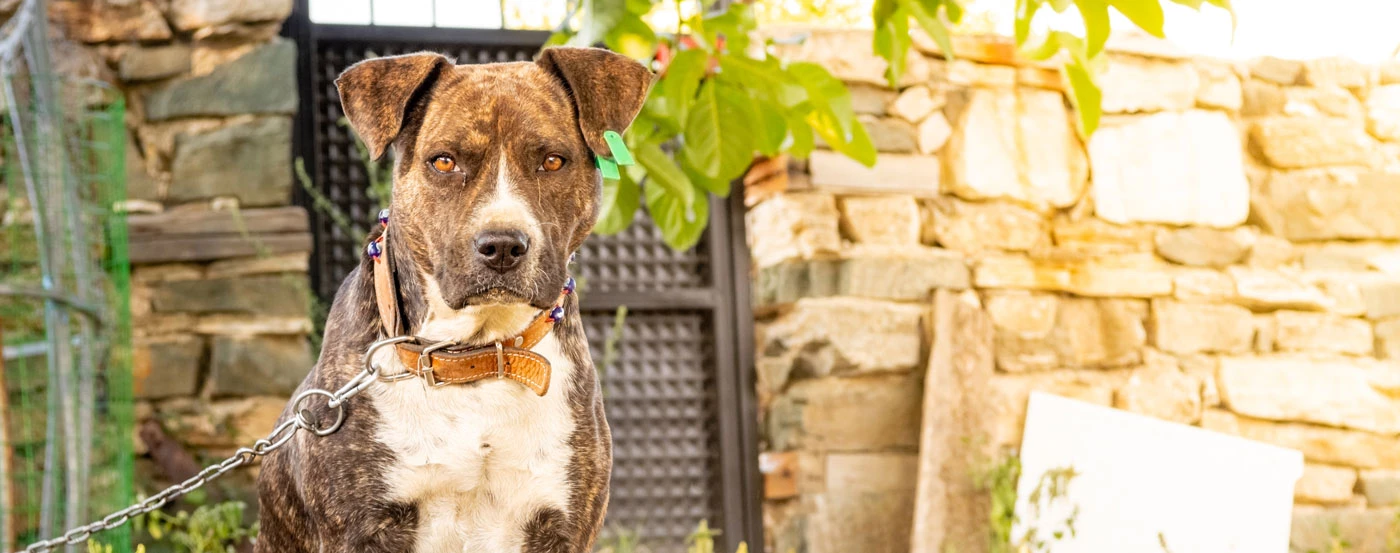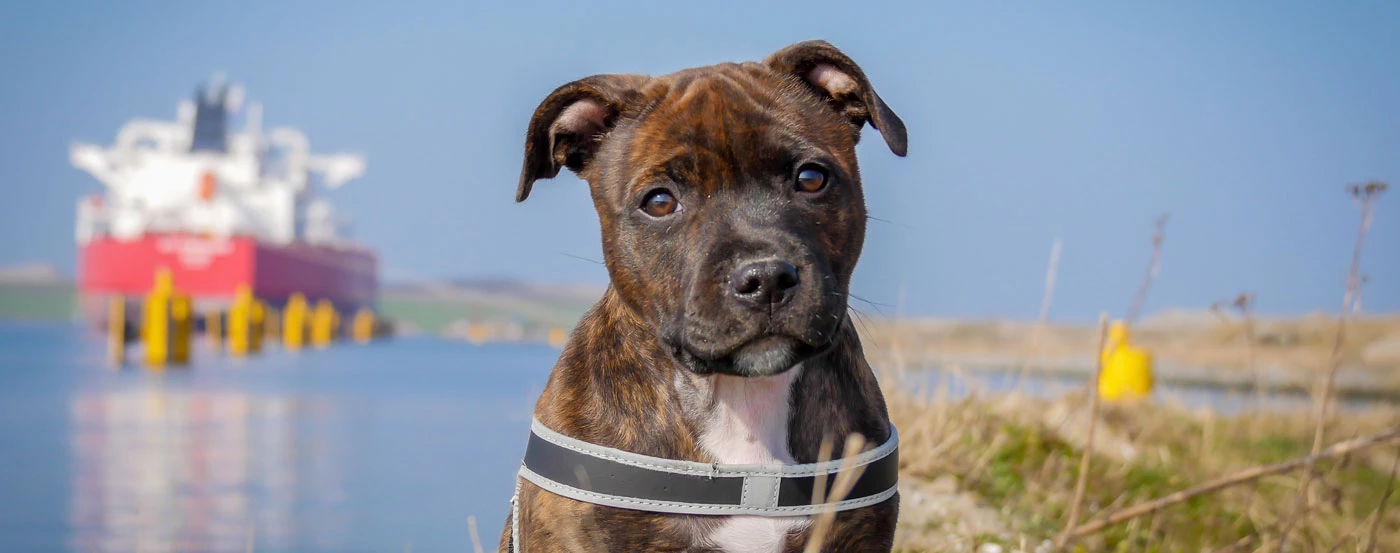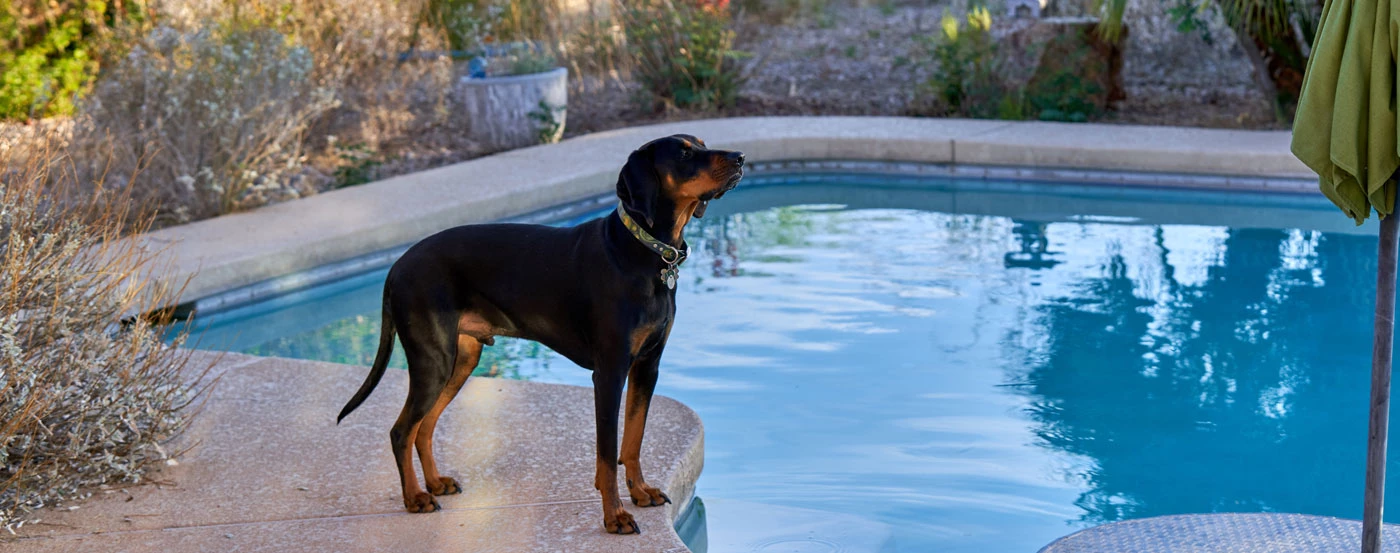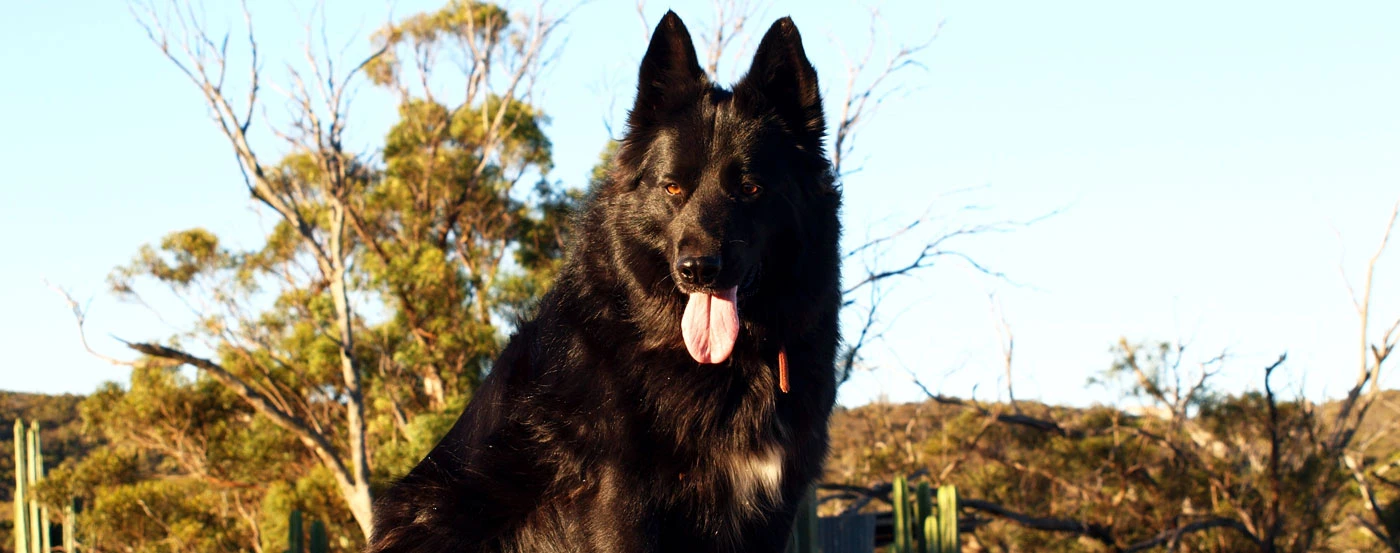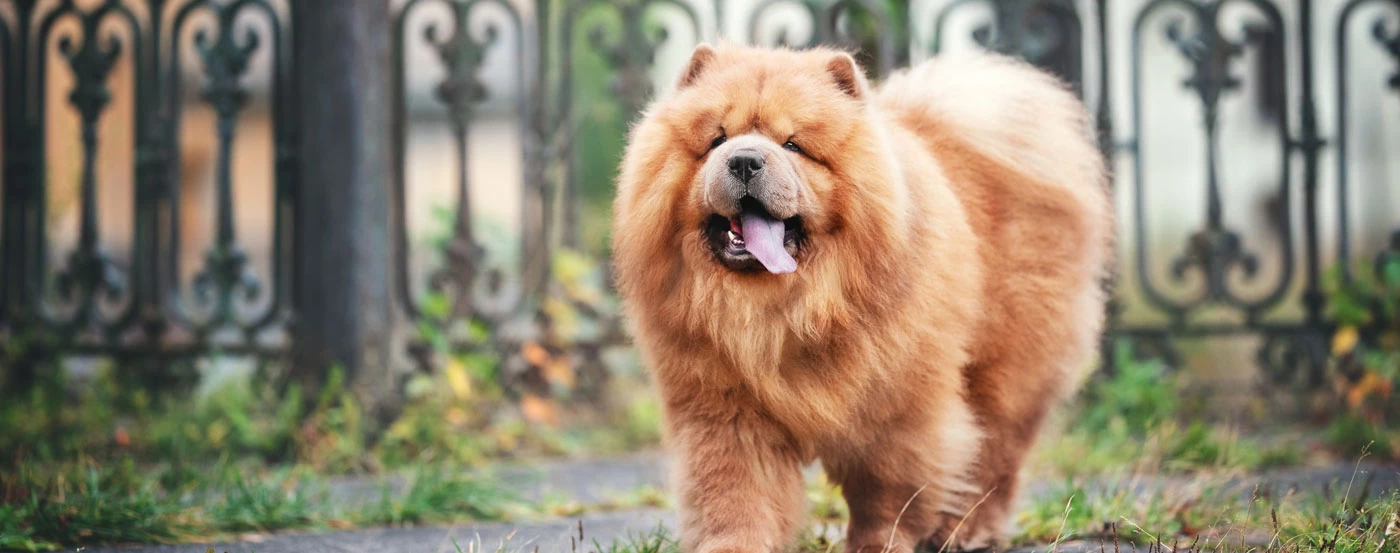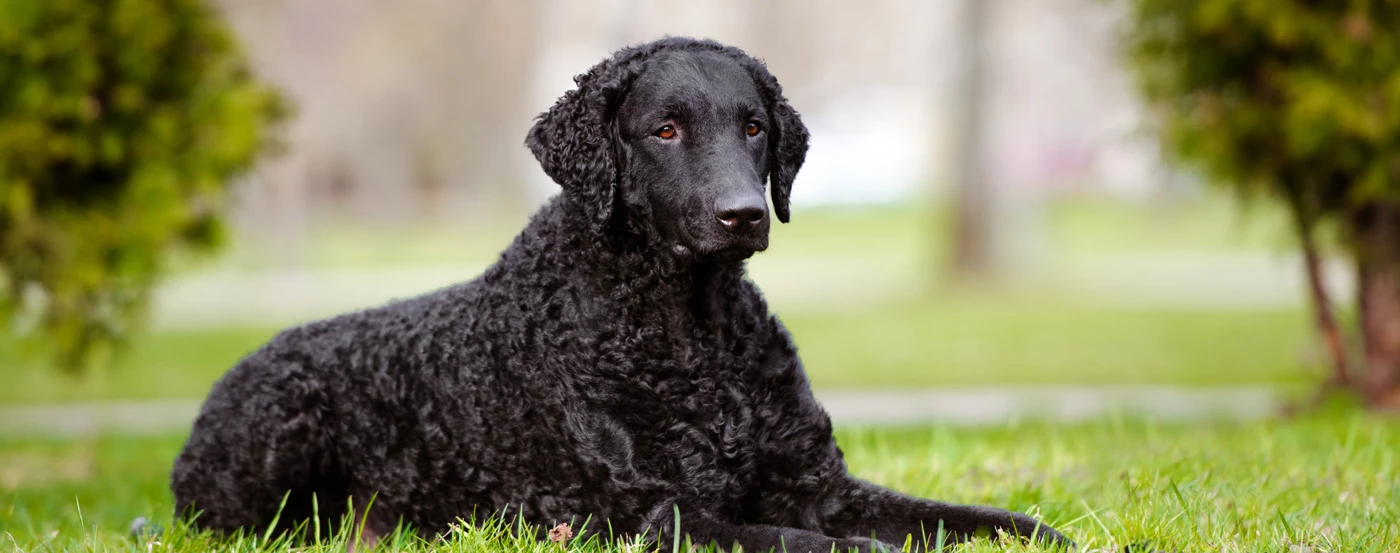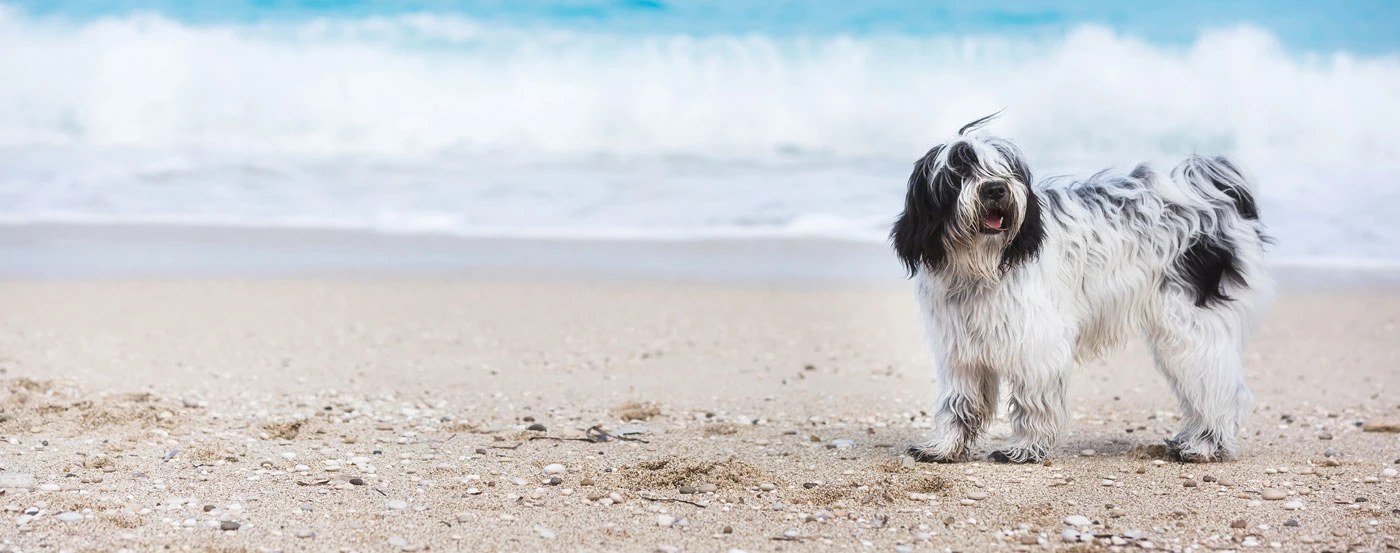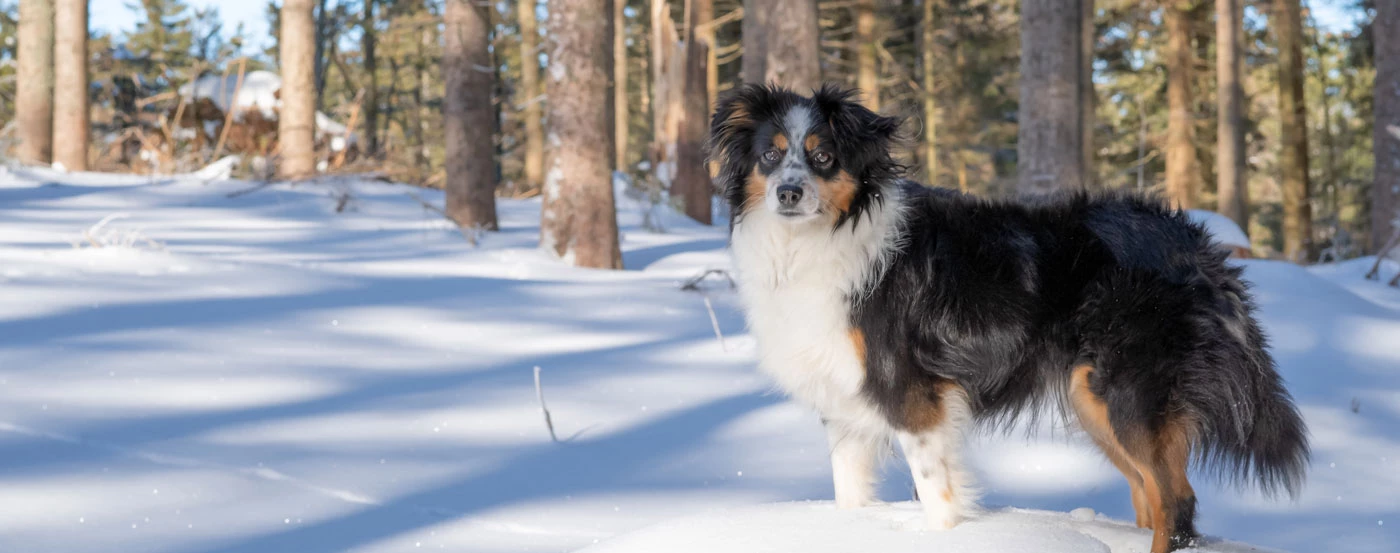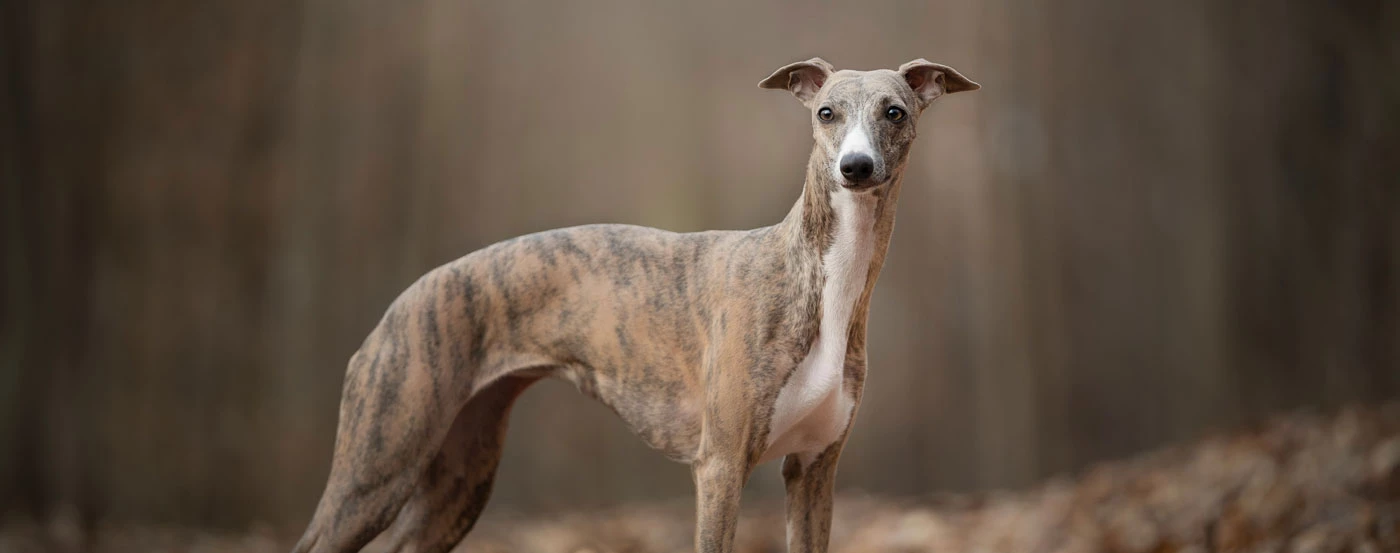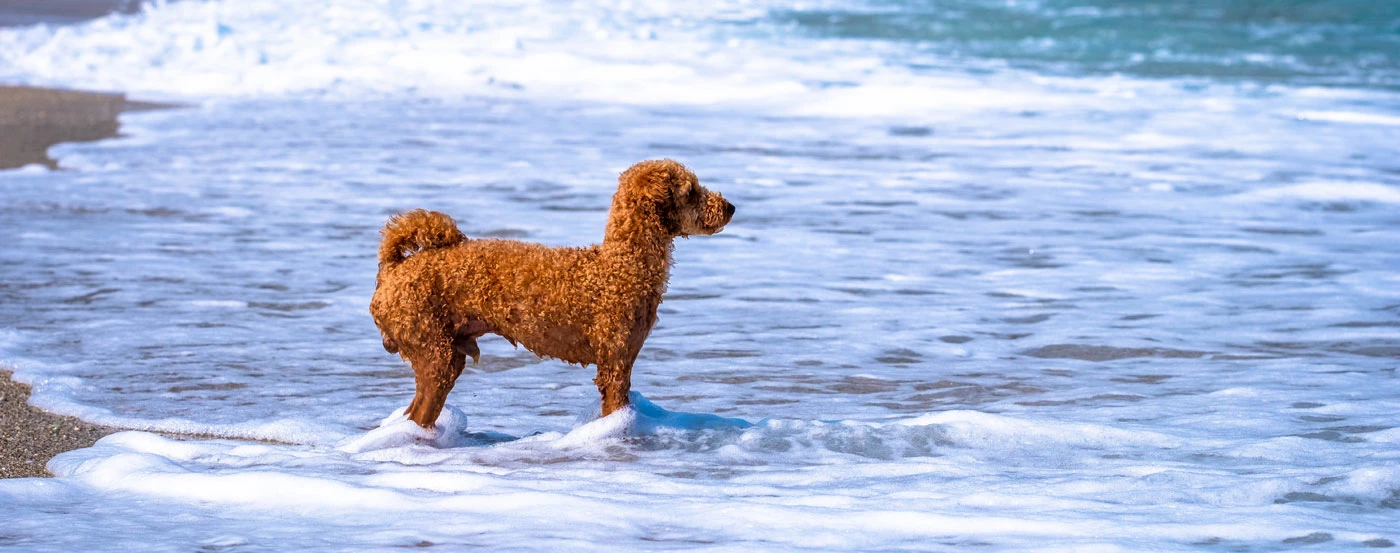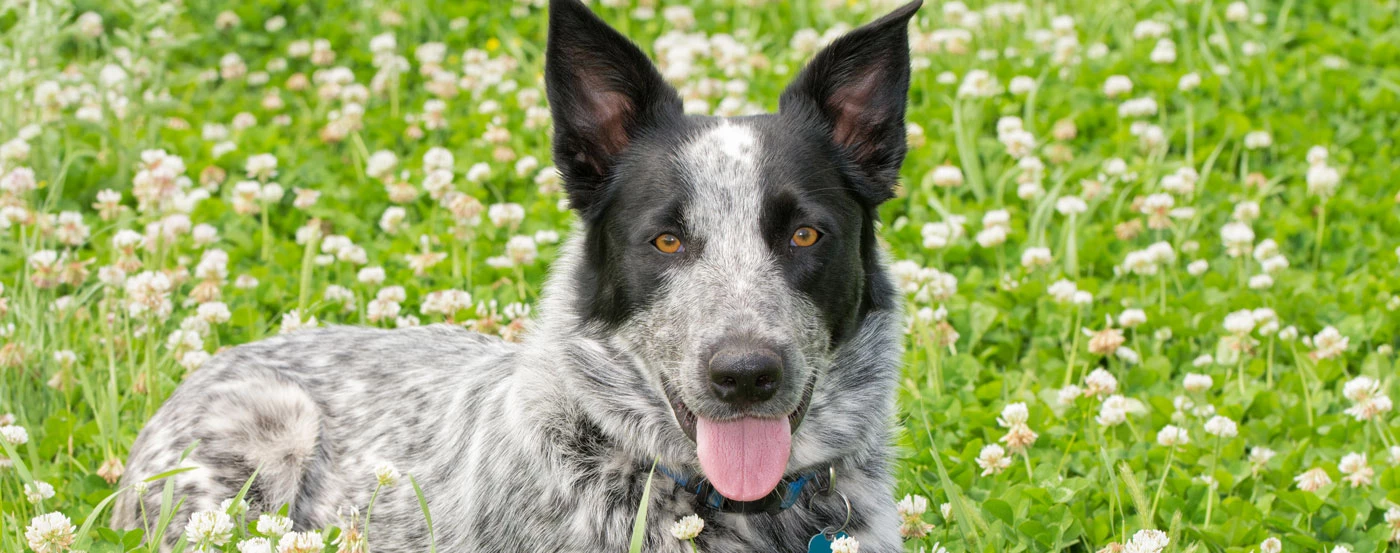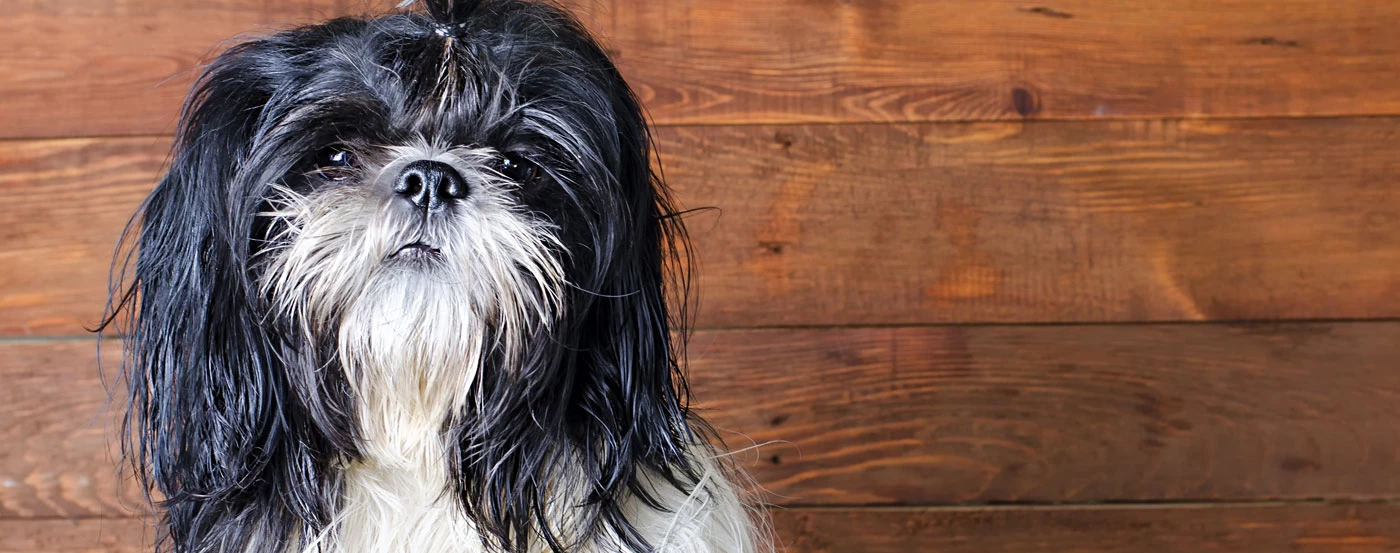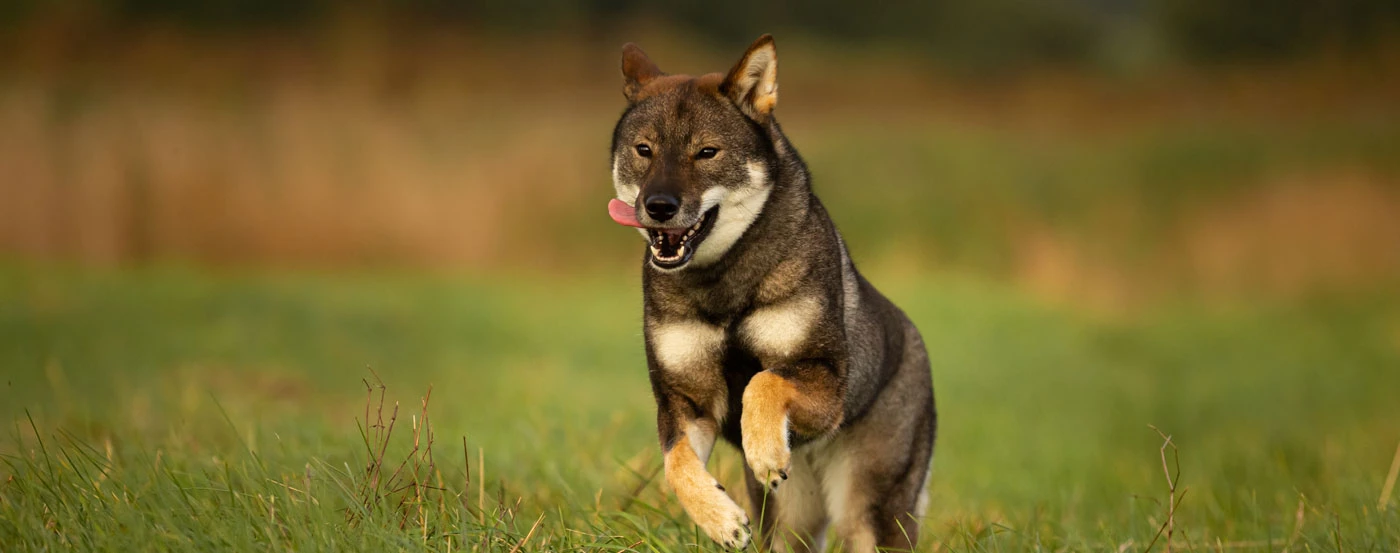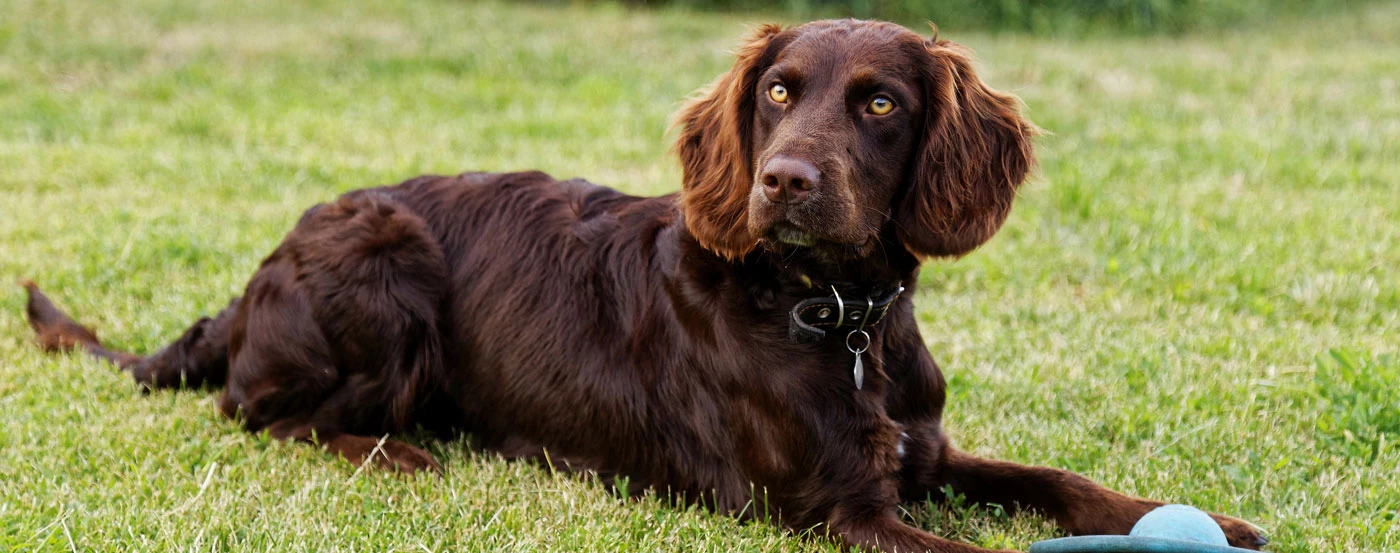About the Bloodhound
The Bloodhound breed is one that has a long history spanning back to the medieval ages. Nowadays, you'll find this loveable dog breed in many homes, including that of law enforcement, as well as search and rescue.
They really are jack-of-all-trades dogs, highly active and intelligent. They put many of us humans to shame! With that said, Bloodhound owners will rave about this breed being a great one for any looking to adopt or buy this type of dog.
Bloodhound Gallery
What is the history & origin of the Bloodhound?
The Bloodhound has a keen sense of smell, and it's what makes them one of the best for sniffing out pretty much anything that needs finding. Dogs that hunt by scent date back as far as the first century AD.
During medieval Europe, dogs began developing into the scenthounds that we now know today as the Bloodhound.
The first reference to this hound was back in 1350 by the poet Sir Humphrey de Bohun, Earl of Hereford. The name of the Bloundhound comes from the dogs' status and how it was kept mostly by noblemen and abbots. It was known as a 'blooded' hound, which is the reason for its name.
Used in hunting, the breed was a prized possession in England, helping to hunt prey but also that of thieves and poachers. They've made their way through the Victorian era as show dogs and companions to the royals - like Queen Victoria, who entered her own pooch into a dog show in 1869.
Today, the Bloodhound is used a lot in law enforcement and to help with search and rescue work. They're ranked 45th amongst 155 breeds and varieties registered by the American Kennel Club!
Who are Bloodhound dogs best for?
We'd recommend that Bloodhounds are the best for those who have a lot of space, especially as they're a bigger dog. Any experienced dog owners will appreciate their affectionate and loving personality, but if you're someone who likes a clean home, it's worth knowing they do slobber!
They're known for being stubborn and sensitive, so care must be taken in their obedience training. Plenty of exercise is required, so those with an active lifestyle will suit this breed. As pack hounds, they'll be happy around other dogs, and they love children. They're best suited for households with older children though.
How much grooming does a Bloodhound need?
When it comes to grooming, it's important to brush this dog breed weekly or daily if you have the time. Unlike some other dogs, they benefit from a rubber hound mitt as their skin is thin, and a mitt is less abrasive than a brush.
They shed seasonally, so you may want to get them professionally groomed or use a shedding blade yourself. The skin is wrinkled, especially around the face, so be sure to clean them daily to avoid infections. The same goes for the mouth area after meals to avoid any harmful bacterial buildup.
Keep their ears clean as they'll often get dirty, and it's important to keep up with regular dental hygiene and nail care. It's good to clean their teeth twice a week and trim nails once or twice a month.
Do Bloodhound bark much?
Many dog owners or those wishing to become dog owners for the first time, might be apprehensive when it comes to levels of barking. Some may live in flats, so a noisy dog could become a nuisance for some people, and others may simply want a quiet life!
Bloodhounds are sleuth hounds, and as such, they don't really bark. However, when it comes to howling - that they do! It's a way of communicating, so it's likely they need something from you when they do make this noise.
Do Bloodhound bite?
All dogs are prone to biting if they're not trained properly or if they feel threatened or defensive over certain items. There are physical signs that show this, and if your Bloodhound is showing these signs, it's important to avoid getting bitten.
Training should start early on in their life and with these pack dogs, showing assertiveness and dominance is important.
What is the temperament & personality of a Bloodhound?
The Bloodhound is a stubborn yet affectionate breed that certainly contradicts itself in a number of ways. Modern Bloodhounds tend to be shy; despite their lovingness towards others, they can be stubborn.
You'll often find that your Bloodhound dog will be great at sniffing out some finds when out walking, and their temperament often varies depending on the level of socialisation they have, their training and heredity.
As long as they have early socialisation, you should have no problems with them being around other breeds of dogs.
What is the weight & size of a Bloodhound?
There are some slight differences between male and female Bloodhounds. A male bloodhound will stand around 63 to 68cms tall, and females will be around 58 to 63cm tall.
Weight-wise, the males are around 41 to 49 kgs, and females are 36 to 45kgs. They're placed in the category of large dogs. They're fairly big as puppies, and once they're an adult dog, they'll have reached their peak size.
How much training does a Bloodhound need?
With any dog, training is important to help them define right and wrong. As with any breed, training your bloodhound is important. That means early socialisation is key to helping them be sociable with other dogs, and puppy training classes are a must!
It's always good to start that training early so that they keep their good behaviour for a lifetime. Use positive reinforcement by giving treats and plenty of praise when they do something right. Patience and consistency are key with this breed due to their stubbornness.
What are some of the most common health issues for a Bloodhound?
The National Breed Club is an insightful resource for all things dog breeds, especially when it comes to health concerns.
There are a few important health issues that could crop up with this breed, despite being fairly healthy overall. Here are a few health problems that can occur when it comes to this breed in particular.
Hip Dysplasia - Common for dogs where the thighbone doesn't fit snugly into the hip joint. Regular screenings are useful to help in combating this issue from forming into some serious.
Elbow Dysplasia - Common for larger breeds and caused by problems with the way the bones grow at different rates.
Hypothyroidism - Another issue with many breeds is a deficiency in the thyroid hormone. As a result, fur can become coarse and brittle. In some cases, it can fall out, so medication is required.
Ectropion - Due to their loose skin, this also means they can have issues around their eyelids where their eyes are more exposed and prone to infection.
Fold Dermatitis - Cleaning the folds of the skin is important; otherwise, it can lead to skin infections like this one.
Bloodhounds are deep-chested dogs, meaning bloating can also be a problem. That's why it's good to get them involved in dog sports.
What is the lifespan of a Bloodhound?
The lifespan of a bloodhound is typically around seven to ten years. Sadly, that's not a lot of time, especially in comparison to other breeds. The major health problems that this breed can encounter are what can often be the cause of a shorter lifespan, even with purebred dogs.
How much should you feed a Bloodhound?
Whilst they're great at finding a scent trail, that also makes them good at snooping out food. Care and attention should be given when feeding. Make sure their diet consists of ground bones, healthy fats and vegetables packed with all the nutrients they need!
What is the price of a Bloodhound in Australia?
Bloodhounds will normally cost between $600 and $800, depending on where you get them from.
Pros
- Fantastic tracking skills
- Great watchdog abilities
- Highly intelligent
Cons
- Drooling
- Not suitable for apartment living
- Frequent exercise required
